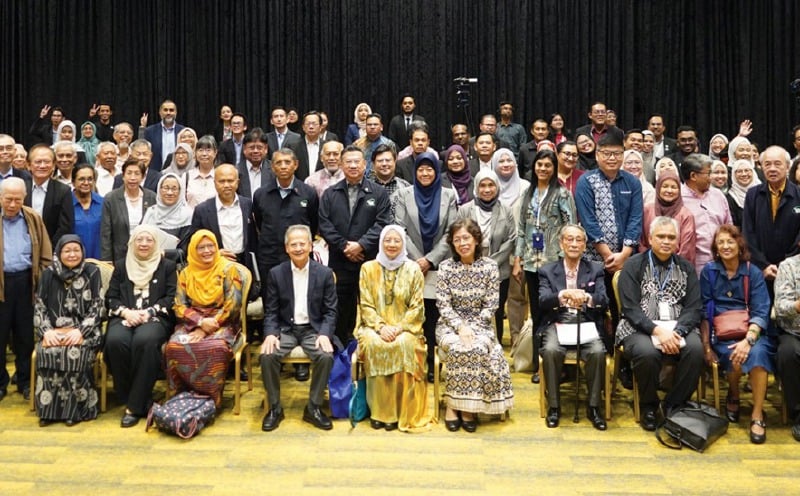‘Most of the news from Paris recently has been about the Yellow Vests and their street protests. However, in this city of contrasts, the art activity is as high end as ever. The most publicised auction lately was Pierre Bergé, the business brains and romantic interest behind the Yves St Laurent brand. Anything that had been through his hands ended up costing three times what it would have done through anything less manicured.
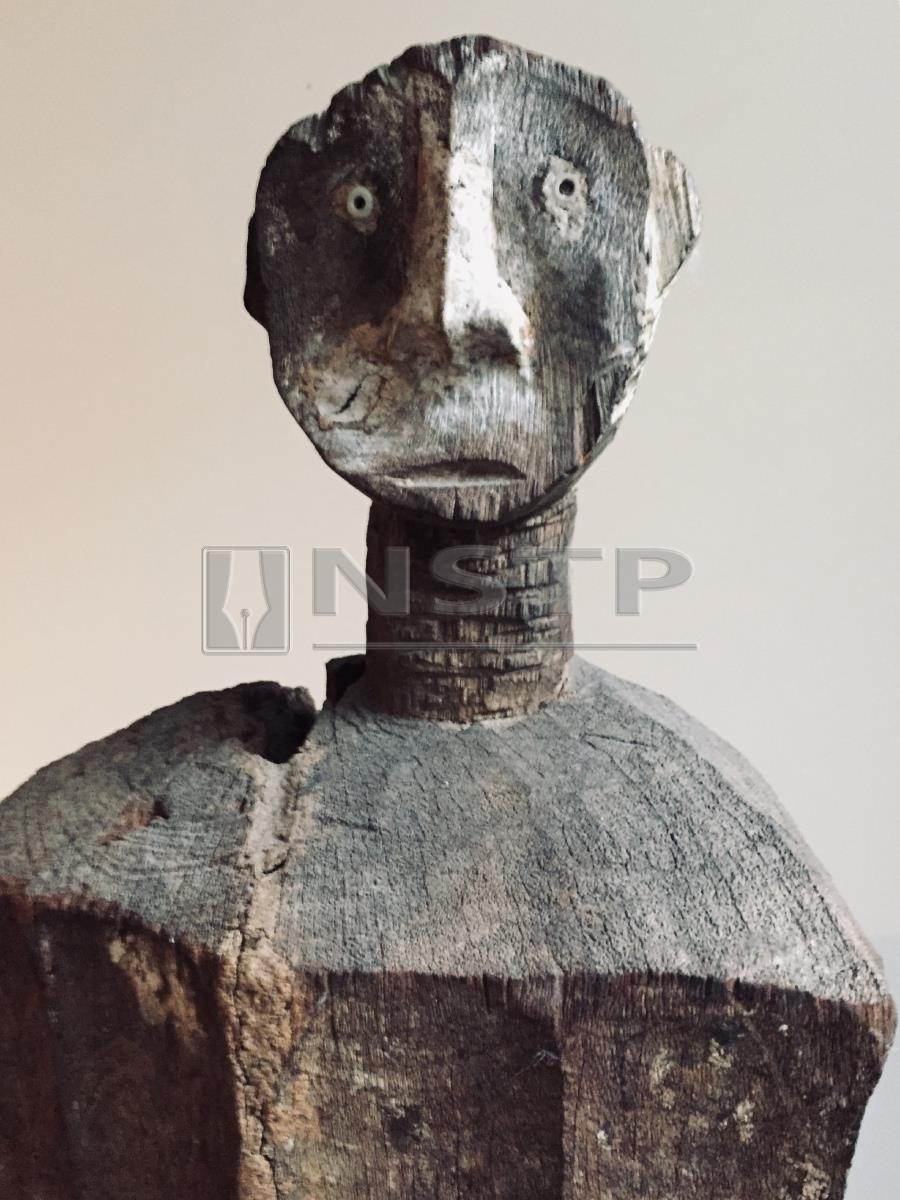
The interests of Bergé and St Laurent were wide, ranging from Islamic ceramics to phalluses of all shapes and sizes. Their constant acquisitiveness did not extend to Malaysia though. There was nothing in the auction from this part of the world. A few days later, however, another Sotheby’s auction featured our corner of Southeast Asia.
The capital of tribal art has always been Paris. When the field was called Primitive Art, after being ‘discovered’ in the 19th century, the magnet was still Paris. The only rival was Brussels, which has hardly cornered the market in any other field, except perhaps for those small round vegetables. At Sotheby’s in Paris, the two capital cities came together in a tribal tour de force with the ‘Collection Z’ auction.
TRIBAL TOUR DE FORCE
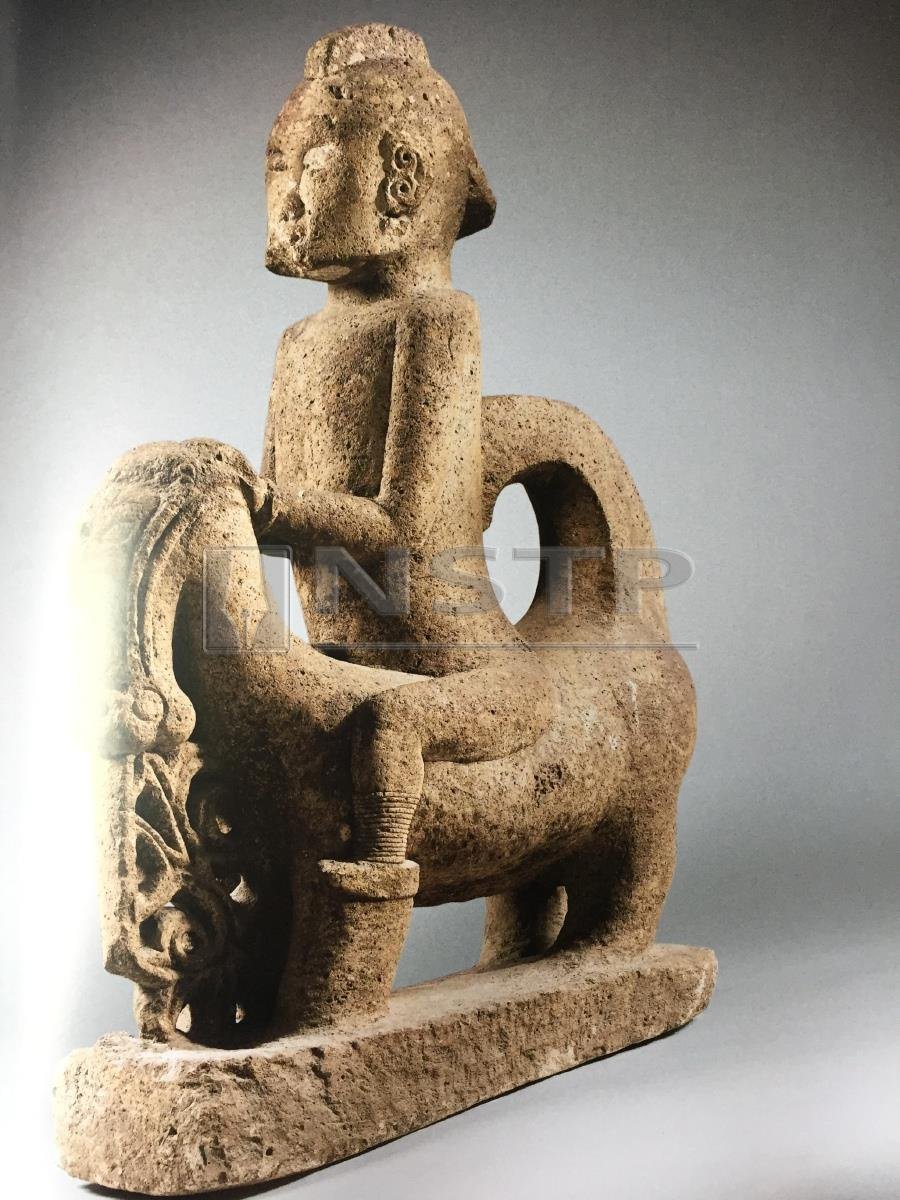
As personalised as the Bergé sale was, the opposite could be said of Collection Z. Even the name of the collection encourages some anonymity - and a lot of cool. This was nothing to do with Zorro. The Z in question was the title given to a Belgian collection formed by a group of young artists after the Second World War. It became legendary for its juxtaposition of contemporary European and global tribal. For once, it didn't leave out Southeast Asia, and Borneo in particular.
Sitting in the peninsula, as most Malaysians do, it is easy to overlook the creative input of Sabah and Sarawak. Collectors outside Malaysia are less likely to make this mistake. The tribal weavings and carvings of Borneo are what really excite the world of francophone collectors, which is why they received appropriate attention recently in Paris rather than London or New York.
The prices might cause some surprise too. Statues that sometimes look like driftwood do not win many admirers unless they have been brought up on a diet of African and Pacific tribal art.
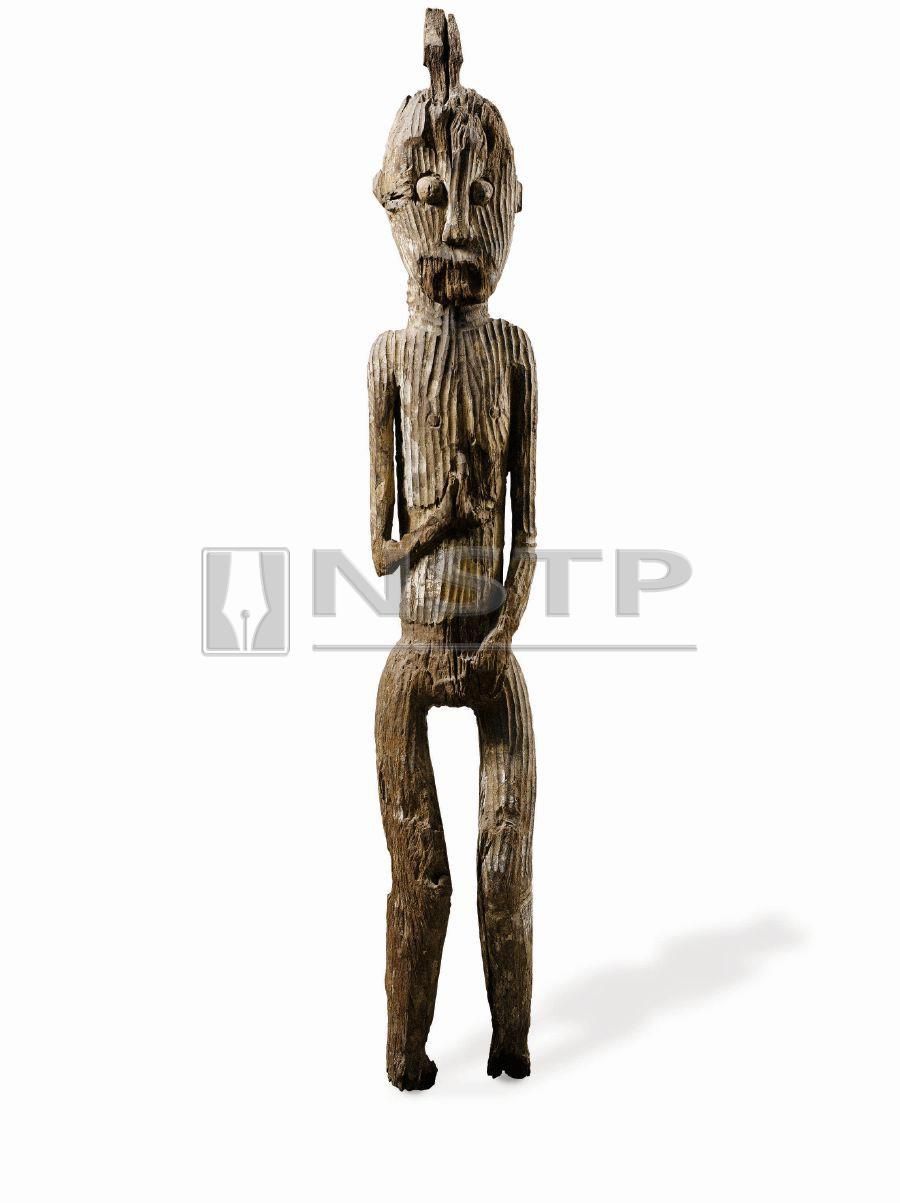
‘Hampatongs’ are still more likely to cause alarm than admiration among those whose idea of art is something to hang on the wall, created by an artist, preferably with a celebrated name. Borneo woodcarvings are never signed or dated, and most of the time it’s hard to tell even roughly which part of the huge island they come from.
There has at least been a bit of progress with dating these sculptures. A brilliant study by the Californian authority Thomas Murray used carbon dating to show that some of these items, which are usually thought to be one or 200 years old at the most, were sometimes carved millennia ago. His book C-14 Dating of Dayak Art challenges the history of Southeast Asia as it is usually presented. Don’t expect to see it in your local bookshop though.
BORNEO MASTERS

The carbon-dating process was not used for the recent Sotheby’s sale in Paris. These are sculptures so powerful, they don’t need the additional affirmation of age. The whole point of the auction was that they are ‘art’. Regardless of when they were made, so long as they were created without an overtly commercial purpose, they provide a window into that fabled soul of the artist.
The Dayak masters who carved these works lived far from the garrets of Paris or Brussels, but they show as much imagination and incisiveness as those bohemians who went hungry in the 18th century while giving Paris a reputation for creative self-sacrifice that can’t be shaken off.
The artists of Borneo had more limited contact with the wider world and could therefore draw on the realm of spirits and ancestors that would have fascinated the starving, frozen artists of 19th century Europe. Few aesthetes, even with money, were able to see anything from Borneo.
The Collection Z auction exposes an art form that sits proudly alongside the best of Africa and Oceania, plus some of the edgier Western artists such as installation-art supremo Christo.
MAKING AN IMPRESSION
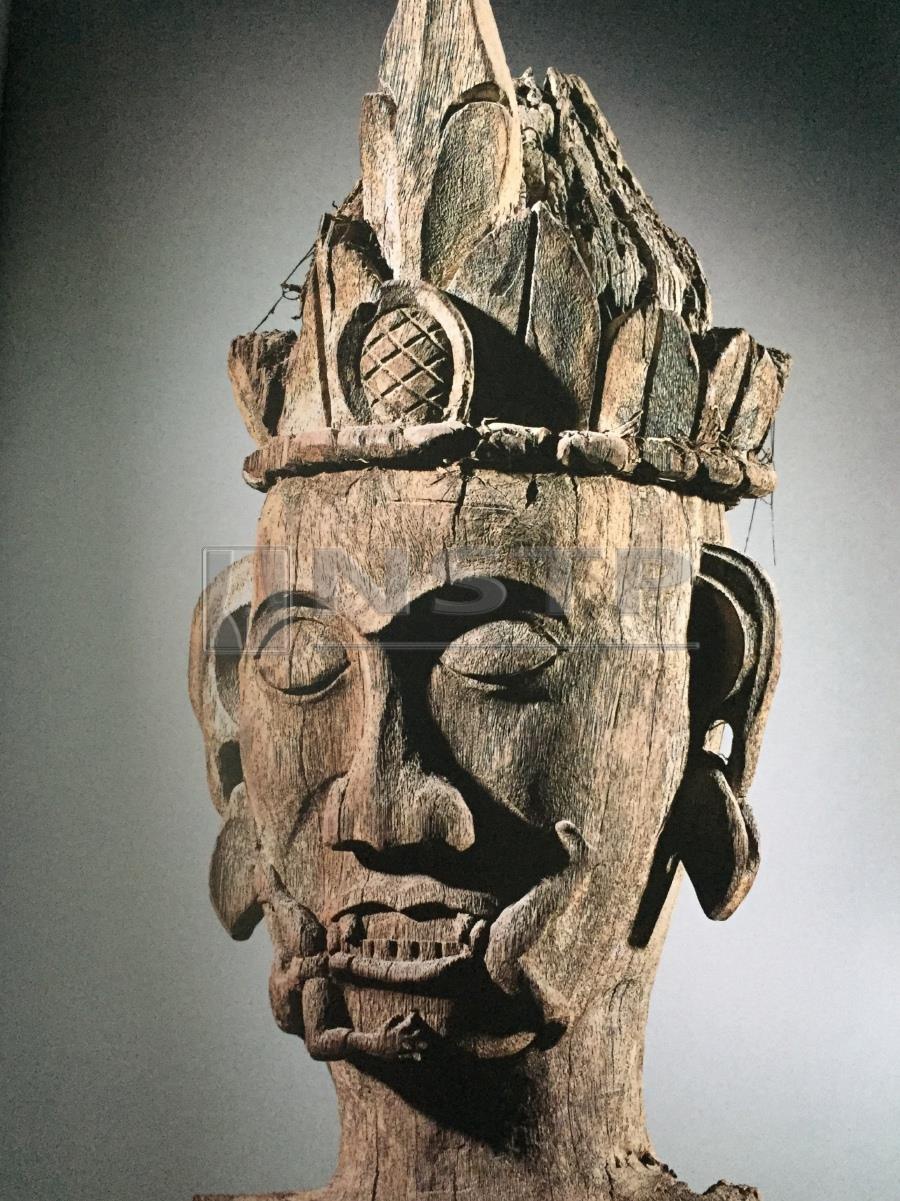
It has to be admitted that Malaysian connoisseurship tends to keep its distance from sculpture. Whether from the tribal heart of the region or the classics of Malaysian modern art, it usually takes second place to two-dimensional art. This could be a reaction to possible charges of idol worship or a deep-rooted fear of works that might commemorate dead people. Either way, sculpture has yet to find its way into the salons of many local art collectors.
The hampatong is at least making an impression in Paris (albeit spelt ‘hempatong’ there). It was not only the Collection Z auction that featured them, but also the regular ‘Art of Africa and Oceania’ at Sotheby’s. It’s a shame the title didn’t mention Southeast Asia, but at least the content was there; and prices went high too.
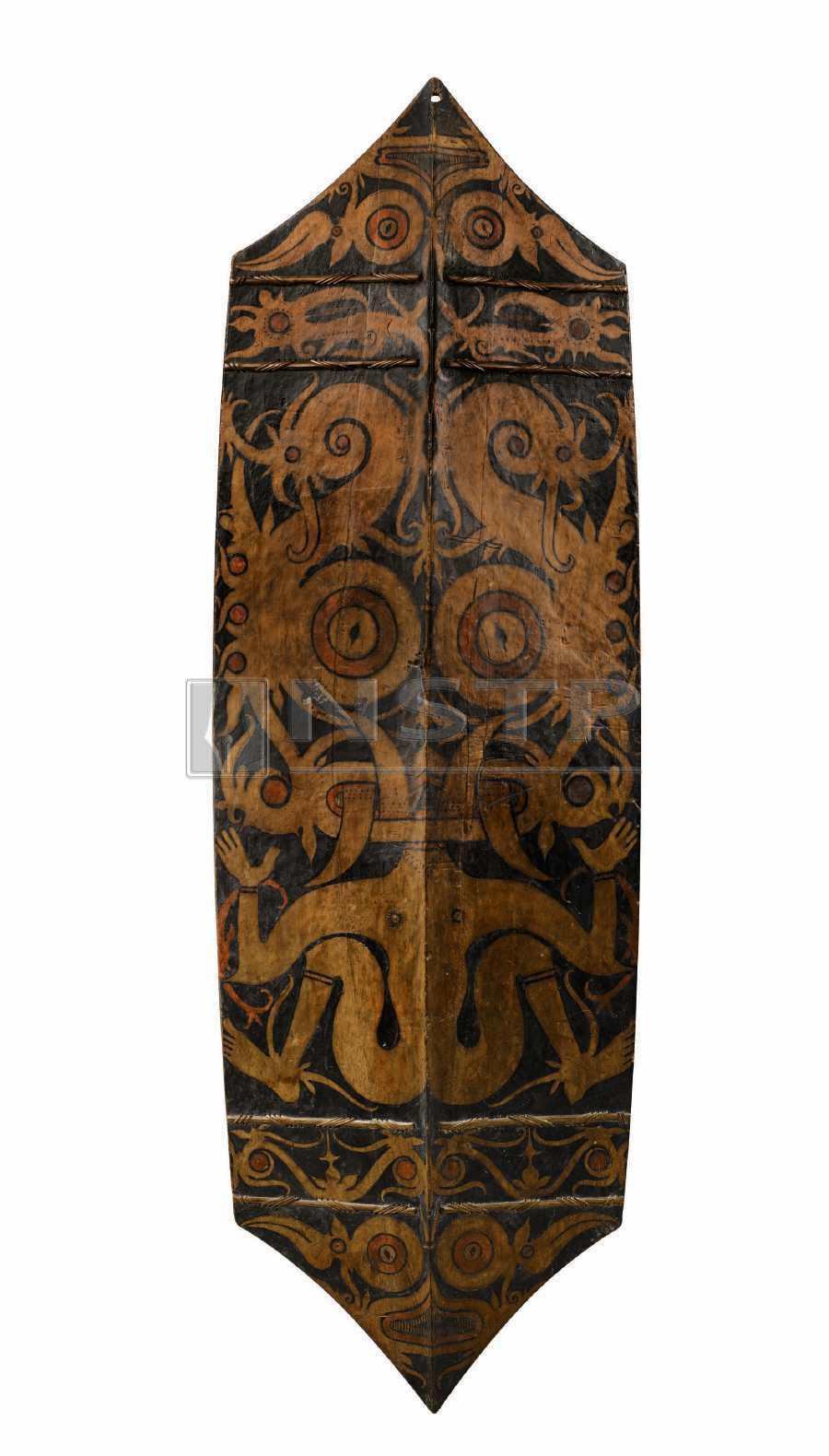
A hampatong can now be seen to fetch more than RM350,000, and shields are not so far behind. A record price of RM150,000 has now been set for a Dayak shield. With their almost arabesque abstracted imagery, these works have always been popular with collectors in Europe. Malaysian collectors may have been enthusiastic about this one as it had dispensed with the usual tufts human hair as part of the decorative effect.
With Borneo making its presence felt in Paris, where Sotheby’s is celebrating 50 years of business, there are more reasons to visit the City of Lights than Chanel, Dior and LV. Whether a shield counts as a weapon when you pass through the vigorous airport security on the way out is another matter.











